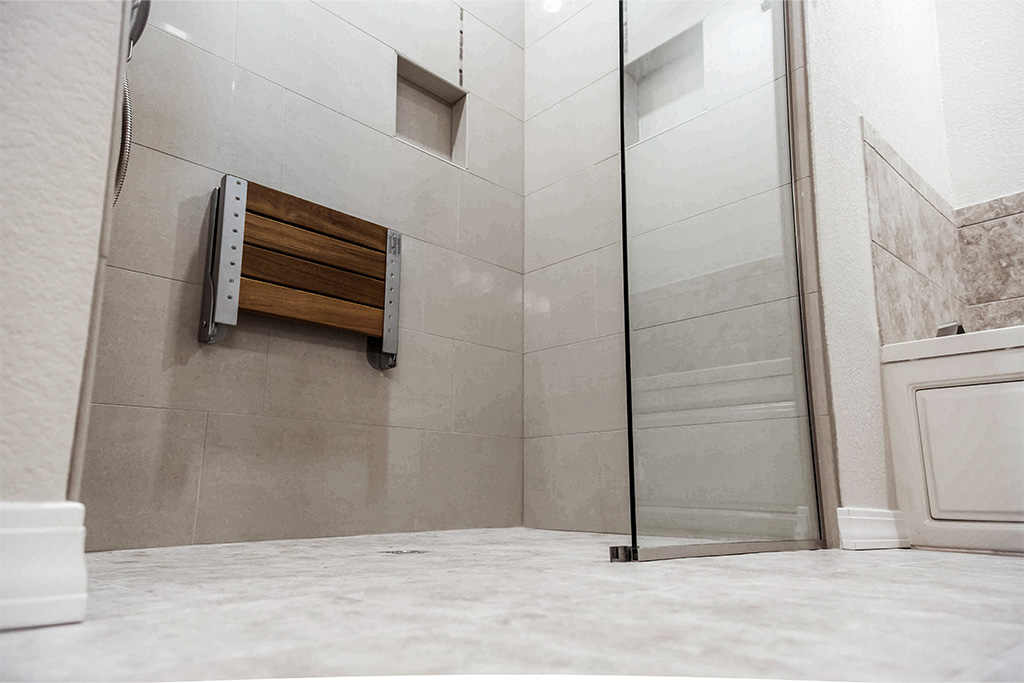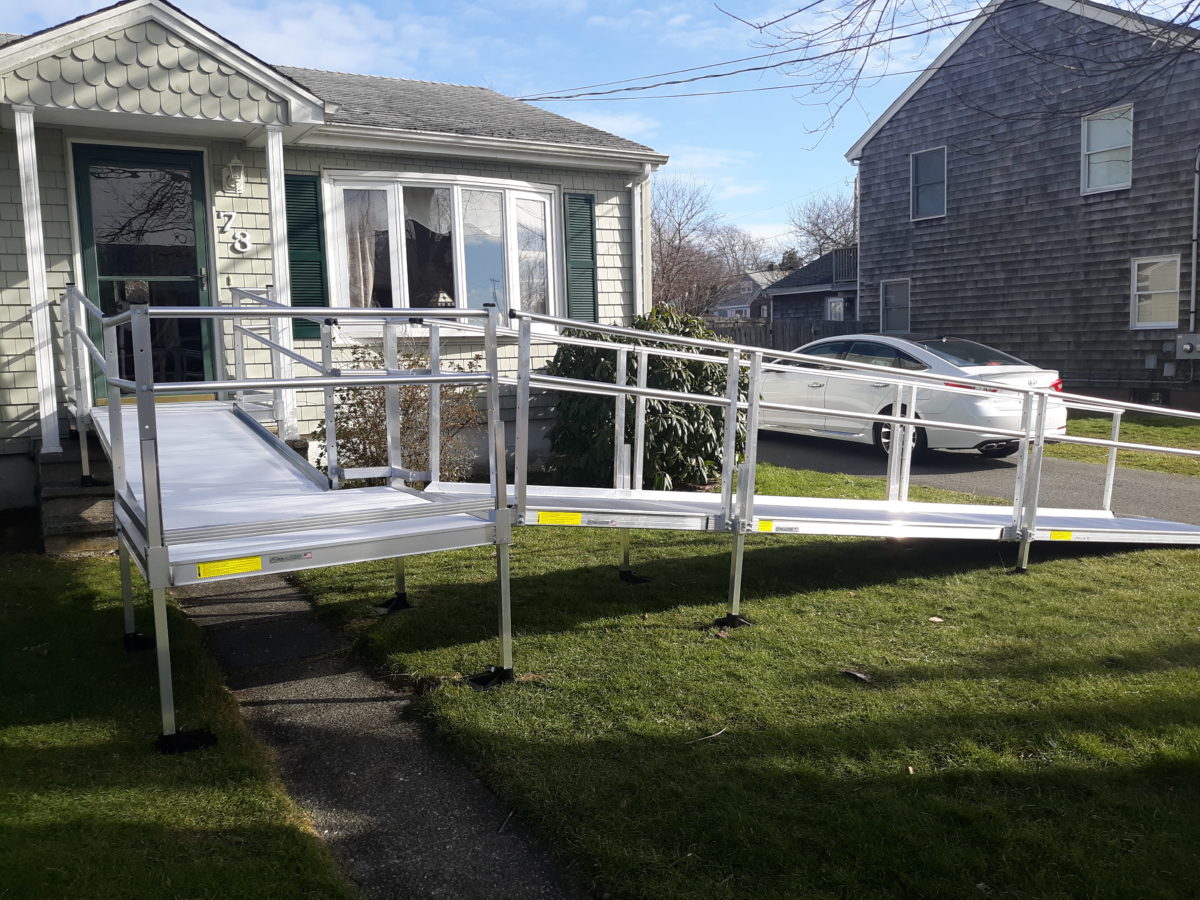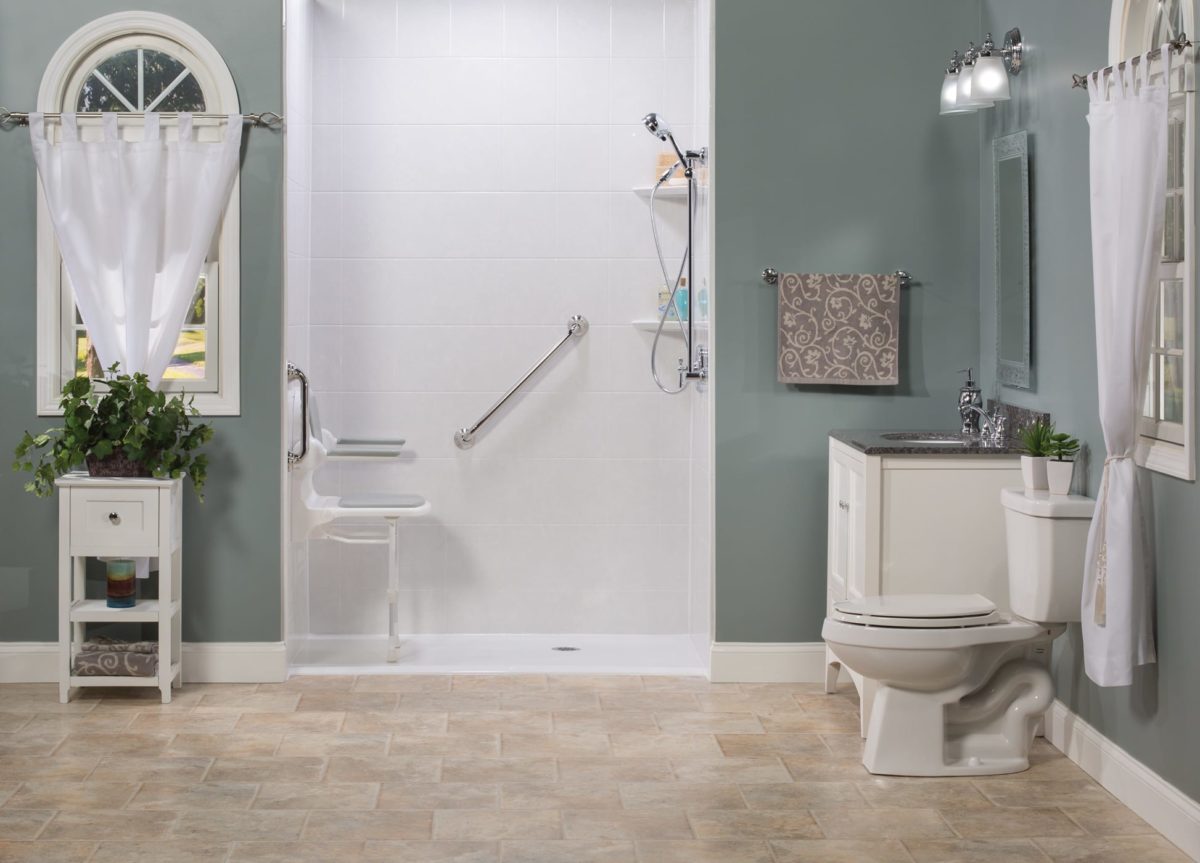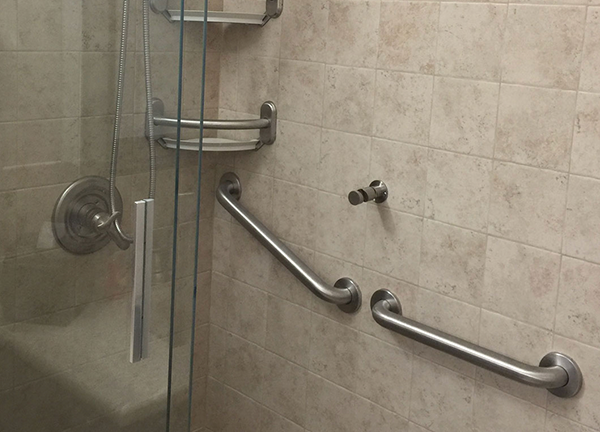Natural disasters such as floods, hurricanes, and wildfires are happening more frequently due to climate change. In the face of such disasters, everyone needs to have a plan. But, for handicapped homeowners in Rhode Island, emergency planning can present particular challenges. One of the biggest obstacles for those with mobility issues is finding accessible egress options that meet their unique needs. Fortunately, wheelchair ramps can provide a viable solution. Below are some important considerations for Rhode Island handicapped homeowners when it comes to emergency evacuation planning with wheelchair ramps.
Importance of Advance Planning
When it comes to natural disasters, the old adage “hope for the best, but prepare for the worst” is particularly relevant. This means that if you or someone in your household has mobility issues, you need to have a plan in place for evacuation before disaster strikes. Potential scenarios to consider include multiple-story buildings, problematic stairways, rough terrain, and poor lighting. It’s also essential to consider the type and size of vehicles that will be available for evacuation. Planning will allow you to make the right decisions about wheelchair ramps’ installation to suit your unique needs.
Determining Which Ramp Type is Best for You
Next, you must determine which ramp type is most appropriate for your particular mobility challenges. There are two types of ramps available: Portable and Modular. Portable ramps are lightweight and can be easily moved from one location to another, making them a good option for short-term use. Modular ramps are more durable and permanent, making them ideal for long-term solutions. Modular ramps can accommodate virtually any type of stairway, threshold, or access points
Wheelchair Ramp Placement
After selecting the type of ramp to use, the next thing to consider is where to place it. Ideally, you should have ramps installed in multiple locations to ensure easy egress from your home. If your home has a backdoor, arranging for a ramp to be installed at the door can provide you with an ideal escape route while avoiding the chaos that can occur at the front of your house.
Wheelchair Ramp Maintenance
After installing wheelchair ramps, it’s essential to keep them well-maintained to ensure consistent and reliable use. Maintenance tasks may include repairing structural damage, monitoring anchoring bolts, or replacing damaged handrails. Regular maintenance will extend the ramp’s life and ensure that it continues to provide safe and accessible emergency escape.
Professional Assistance
Finally, it’s crucial to engage professional assistance when installing and maintaining wheelchair ramps for emergency evacuation planning. Wheelchair ramp installation requires specialized skills and knowledge to ensure that the ramps exhibit the proper slope, width, and strength. A professional can assess your specific requirements and recommend a customized solution that will meet your individual needs. Moreover, professional installation services provide peace of mind, knowing that ramps have been designed, installed, and reviewed by experienced experts.
Emergency Evacuation with Wheelchair Ramps
Emergency evacuation planning is essential for all households, especially Rhode Island handicapped homeowners. With the right planning and installation of wheelchair ramps, evacuation can be easier and safer. This guide has provided information about wheelchair ramp types and their placement, the importance of planning, ramp maintenance, and expert assistance throughout the process. We encourage all Rhode Island handicapped homeowners to take this information into account to customize their evacuation plan for any future emergencies.
Home Mobility Pros is a local and experienced company that specializes in providing accessibility solutions for handicapped individuals. Our team will help you design, install, and maintain wheelchair ramps to suit your unique needs. Contact us today to learn more about our services and how we can assist you with emergency evacuation planning. Remember, it’s never too early to plan for the worst-case scenario, so don’t wait until it’s too late to ensure a safe and accessible escape from your home during a natural disaster.








